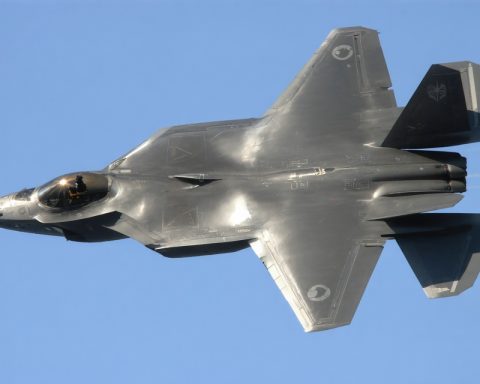In an unexpected turn of events, rebel forces have seized control of Damascus, marking a dramatic shift in Syria’s political landscape. This development follows a swift offensive by the Islamist Hayat Tahrir al-Sham (HTS) group, which effectively ended over fifty years of Baathist rule under President Bashar al-Assad.
Residents in Damascus took to the streets in celebration as word spread of the new leadership. The rebels announced that the era of oppression under the Assad family had come to an end, signaling the dawn of a new era for Syria.
Sources indicate that President Assad has fled the country through Damascus international airport. The Syrian Prime Minister, Mohammed al-Jalali, expressed his willingness to cooperate with any leadership that emerges from the Syrian people’s choice.
The capture of Damascus follows the rebels’ successful takeover of Homs, a strategic city north of the capital. Despite official denials, reports of Homs being in rebel hands contributed to heightened tensions and fear among the population in the capital.
Witnesses described a sense of panic as Damascus residents rushed to secure essential supplies, while joyous crowds elsewhere celebrated the toppling of statues representing the old regime.
Amidst these rapid changes, Lebanese Hezbollah forces, long-time allies of Assad, reportedly withdrew from positions around Damascus and the Homs area, hinting at a broader regional impact.
As international observers closely monitor the situation, the call for urgent political dialogue has intensified, aiming to stabilize Syria and chart a path forward in this time of upheaval.
What the Fall of Damascus Means for Syria’s Future: Insights and Predictions
The unexpected seizure of Damascus by the rebel group Hayat Tahrir al-Sham (HTS) has ushered in a new era in Syria, ending over fifty years of Baathist rule. This monumental event raises pressing questions about the country’s future and the broader regional implications. As the world watches closely, several key aspects come under scrutiny, including the political dynamics, international responses, and socio-economic repercussions for Syria.
Emerging Political Dynamics
With the sudden change in leadership in Syria, political analysts are speculating on several possible scenarios:
– Transition to a New Government: The vacuum left by Bashar al-Assad’s departure opens the door for the formation of a transitional government. New leadership will need to navigate internal divisions within rebel factions and work towards a representative system that aligns with the aspirations of the Syrian people.
– International Mediation: The international community, including bodies like the United Nations, may increase efforts to mediate the formation of a stable, inclusive government. Engaging actors such as the Syrian Prime Minister, Mohammed al-Jalali, who has shown a willingness to cooperate with any new leadership, could be pivotal.
Regional Impact and Security Considerations
– Hezbollah’s Withdrawal: The reported withdrawal of Hezbollah forces is a significant development with potential ripple effects across the region. It signals a possible recalibration of alliances and could alter the balance of power in neighboring countries.
– Security Challenges: The power shift in Damascus raises immediate security concerns, with potential for retaliatory actions from ousted forces or extremist groups seeking to exploit the instability.
Socio-Economic Repercussions
As the country grapples with these changes, socio-economic challenges present another layer of complexity:
– Humanitarian Concerns: The immediate aftermath of the takeover has witnessed a rush for essential supplies, heightened by fears of prolonged instability. Humanitarian organizations may need to scale up operations to provide relief to affected populations.
– Economic Recovery: Long-term recovery and rebuilding will require substantial investments and international support. Initiatives focused on economic revitalization could foster local enterprise and stabilize communities in the post-conflict period.
Predictions and Future Outlook
Moving forward, several predictions shape the discourse around Syria’s future:
– Continued Uncertainty: While the fall of Damascus marks a critical juncture, Syria’s path to stability remains fraught with uncertainty. The emergence of a representative governance structure will be crucial in determining the country’s trajectory.
– Opportunities for Dialogue: Despite the upheaval, there lies an opportunity to facilitate dialogue and reconciliation, paving the way for a new, inclusive political framework.
For further insights on regional developments and geopolitical analysis, visit Reuters.
As Syria enters this transformative phase, understanding the broader implications and preparing for the challenges ahead will be essential for regional stability and the well-being of its populace.












